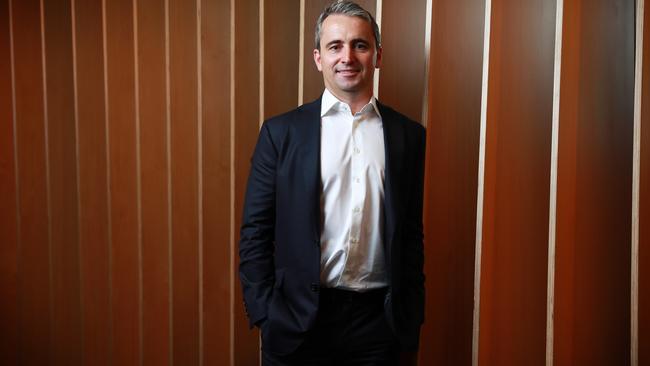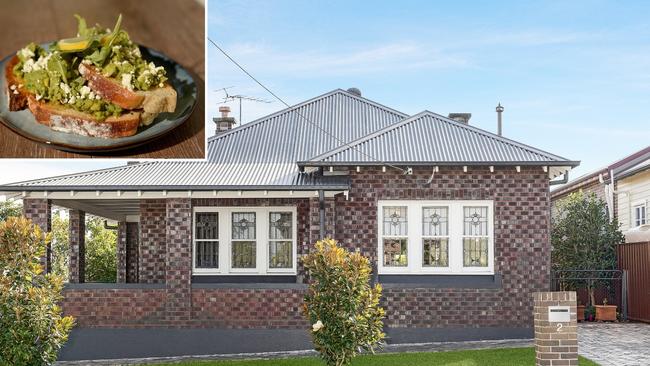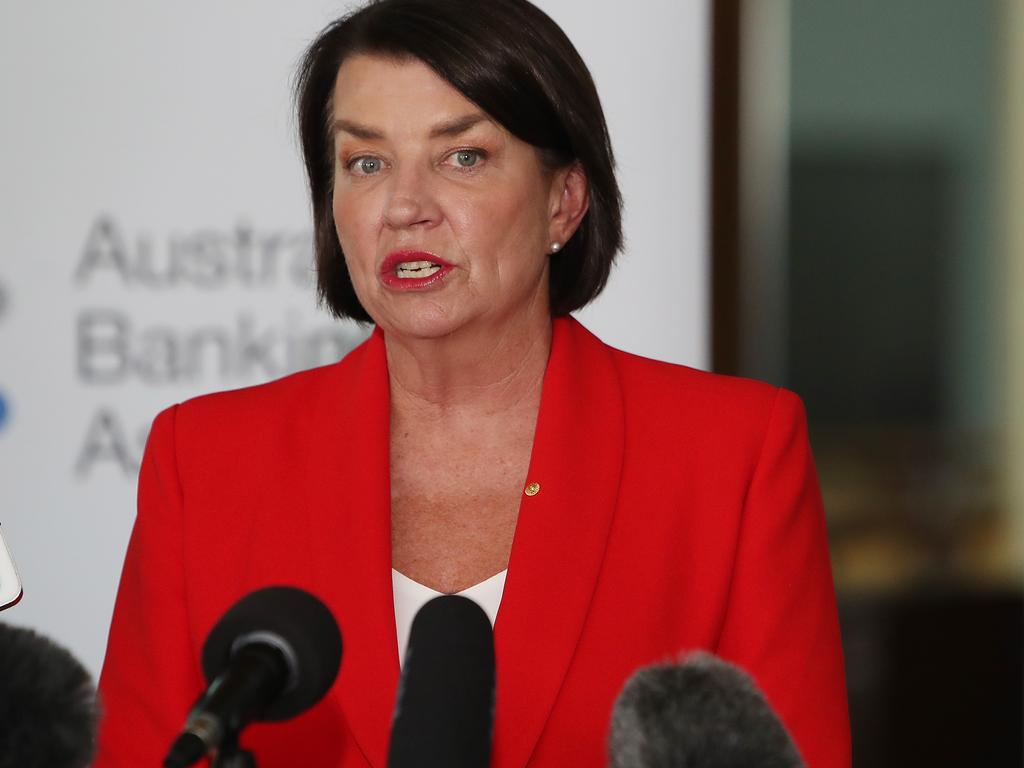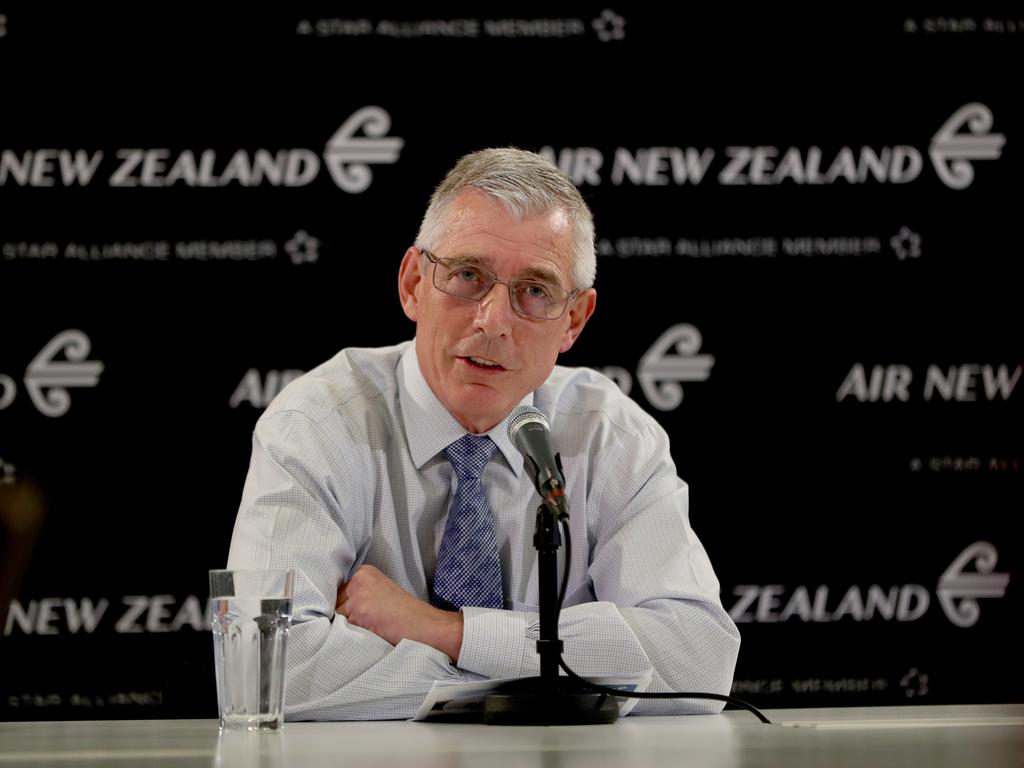Banks step up to the challenge of protecting jobs, housing

Household debt in Australia is among the highest in the world, he says.
“The risk in Australia is very clear. Housing is about 55 per cent to 70 per cent of loan portfolios. To have a housing collapse in Australia, you will have to have a dramatic rise in unemployment. So what is the government doing and what is the central bank doing?” Johnson says.
“Everything they are doing is about those small to medium-sized employers of people. That is why we’re seeing the ABA (the banks) telling businesses that they are going to be able to roll their loans for six months.”
This is all about risk transfer to the Reserve Bank. Indeed, Johnson anticipates more to come from the RBA.
“I’m pretty confident that the Reserve Bank in the next few days will announce a loan loss facility, some kind of mechanism whereby the government will guarantee the debt that’s being lent to these SMEs,” he says.
He points to Friday’s $NZ900m ($884m) loan by the RBNZ to Air New Zealand as an extreme example of transferring credit risk from the private sector banks to the government. In Australia, he believes it will be towards small business.
“That is where the risk is in Australia,” he says. “And I’ve got to say Australia would be in so much of a better place if house prices hadn’t been artificially pumped up by some of the stupid easing that we saw.”
His clients at home, Johnson is still bunkered down at the Jefferies office. “I’m sitting with the best macro guys in the world which only makes my job as a banking analyst a lot easier.”
The veteran bank analyst has recently upgraded his ratings for the big four. Why? Banks, argues Johnson, have been dogs for a long time, falling from 33 per cent of the market at their peak in 2015 to just 18 per cent.
Today they are trading more cheaply than during the global financial crisis, yet they are much more robust. “Not to say that there aren’t risks, it is just that a lot of the risk is basically transferred to the Reserve Bank. The central bank is giving the banks money at next to nothing, APRA has said you don’t have to worry about your capital ratios — I just look at the numbers and to me they’ve just got to be a little bit too cheap.”
When I asked CBA chief Matt Comyn this week if Australians should have confidence that the four pillars had the financial strength to deal with COVID-19, his voice became suddenly very firm. “We should be extremely confident,” Comyn said.
“It’s a great credit to our regulators, and David Murray’s Financial Systems Inquiry, that we have built substantial capital levels to get to ‘unquestionably strong’ or 10.5 per cent.
“APRA’s Wayne Byres announced that financial institutions can dip into that buffer, that is the reason that it’s there. The community should be very confident in the financial strength and stability of Australia’s banks.
“This is our job now to really lean in and help our customers get through this period and particularly to facilitate an abundant source of credit and help small businesses get through very tough trading conditions.”
Comyn, as chair of the banks’ peak body the ABA, has been leading talks with Treasury, government and APRA, and dare I say the RBA, to deliver the co-ordinated packages that are being rolled out like a game of tri-tactics.
Central to the plan is the RBA’s decision to drop the cash rate to 0.25 per cent and its targeting of the three-year bond yield also to 0.25 per cent.
“The whole package on Thursday could be summarised as ‘25 and three’, says Johnson. “That flattens the yield curve out to 25 basis points — not particularly good news for bank earnings, but it’s very good for borrowers.”
Shortly after RBA governor Philip Lowe’s announcement, Comyn led the banks with a very deliberate slicing and dicing of the rate drop: cuts to business loans, to one, two and three-year fixed rate mortgages to 2.29 per cent, and an increase for depositors, but not touching the variable rates for home loans.
The other three banks followed with similar measures, Westpac and NAB not moving on their variable rates and ANZ moving down 15 basis points (to put it back in the pack, having held back on the last RBA move). “If you were to lower the variable housing rate, the housing bubble would get bigger,” Johnson says. “So this time, the rate cut is going to depositors and small businesses.”
Depositors include pensioners, he adds, all of whom contribute to consumption. Thanks to the RBA, cutting the fixed-rate mortgage is now much less risky than the variable rate mortgage. “When I take a variable rate mortgage, what if there’s a huge shock tomorrow, the dollar plummets? Banks have got to raise money overseas and the cost of funding goes up,” Johnson explains. “You can’t rule out this sort of stuff happening.”
On Friday evening, CBA announced that all home loan and small business customers were eligible to defer loan repayments and that 76,000 businesses particularly exposed to the coronavirus would be auto-enrolled into loan deferral arrangements, both for up to six months. All four banks have now launched support packages.
The message from Comyn is jobs, jobs, jobs.
“We’ve really got to come together and make sure that we’re supporting Australian businesses and keeping people in their jobs. That is the best way to come through on the other side, because we will get through on the other side,” he urges.
“There will be a strong recovery, but the next three to six months in particular are going to be very challenging.”
The banks are in a very different place to where they were in the GFC. Back then, bank liquidity involved holding paper from other banks. Today it is in the holdings of government bonds and a committed $223bn line of credit from the RBA. On the funding side, short-term funding has been largely replaced by bank deposits, much of which carries a government guarantee. And to top it off there is this week’s $90bn government credit facility to the banks to boost business lending.

“The risk does not disappear,” Johnson says. “We are really taking risk out of the private sector banks and transferring it on to the Reserve Bank.
“Do you know who owns the RBA? Every single taxpayer in Australia. In 2008, people said that banks have walked away from this in pretty good shape and what happened is that Main Street saved Wall Street.
“This time it is the government that’s basically going to wade in and save the banks, which is great news for the banks themselves.”
And if Comyn’s optimism around a six-month bridge proves unfounded, Johnson says the bridge will simply extend. “You watch, if this COVID-19 thing is bad, the six months could just as easily become 12 months, or 18 months.”
In the meantime, says Johnson, the big four within the financial sector of new fintech and disrupters will just get stronger.
“A lot of that new competition is hammered now because all of a sudden the cost of funding for those guys goes up a lot,” he says. “At the same time, the demand for their services goes down. If I look at past crises, you get this natural shift in market share back to the four major banks and you’ll see that happen again.”
For Comyn, a fresh-faced 42, the new landscape must seem even more surreal than it does for the rest of us. Just two months ago he was fighting to restore Commonwealth Bank’s reputation within the community post-Hayne. And how should Australians see the big four now?
“This is an incredibly important time for the country,” Comyn says. “This is where it really makes a difference what financial institutions are doing because we can have a big impact on financial stability and facilitating economic growth and also economic recovery, and I can assure you from sitting around the ABA that the damage that has been done to our reputations is not lost on anyone.
“We are incredibly focused as an industry on making sure that we rebuild and restore, and there is no better time to demonstrate that than through the actions that we take today and over the coming months.”
Ticky Fullerton is the Sky News business editor and hosts Business Weekend at 11am Sunday on Sky News.







Behind the overwhelming effort by governments, regulators and banks to minimise job losses from the coronavirus fallout is one critical imperative: to prevent Australia’s property market from bursting. That is the view of the top banking analyst at Jefferies, Brian Johnson.